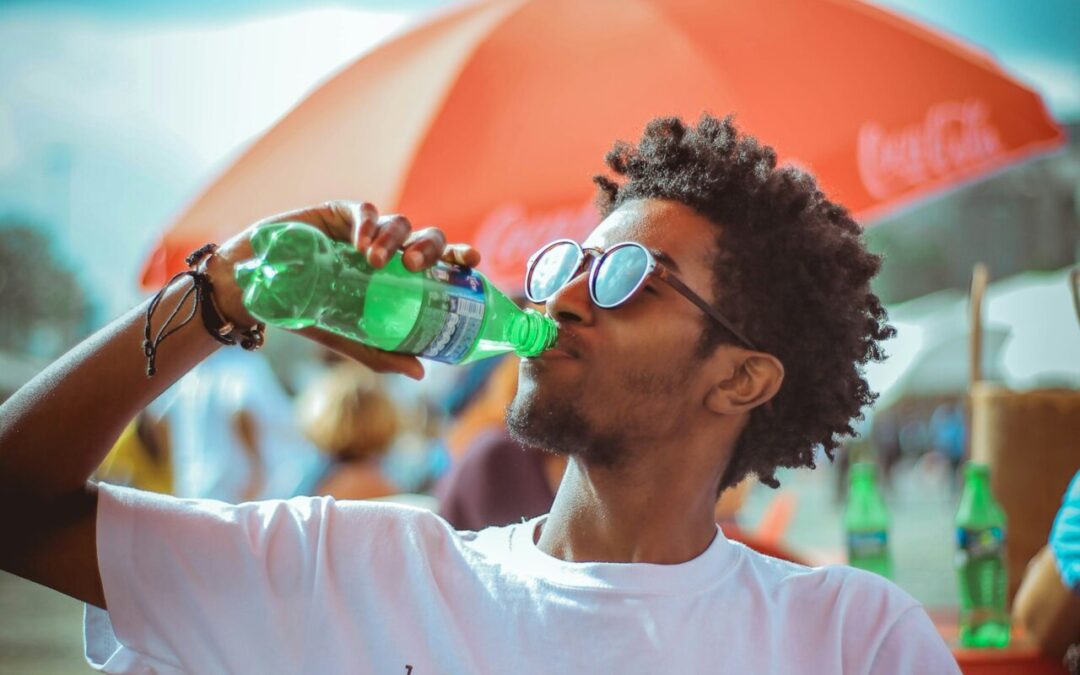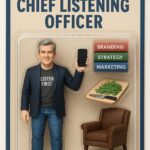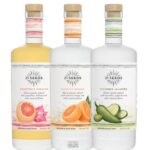A guest post from my friend Courtney O’Brien who worked in Senior Marketing Roles at Coca-Cola (Coke Zero), Gallo (Apothic) and Danone (Evian).
From Concept to Can: The Brutal Truth About Launching a Beverage Brand in 2025
One of my mentors once asked me a question, and I thought I was getting the secret to the universe. He said, “Want to know how you make a small fortune in the wine business?” I told him, “Of course I did!” I waited with bated breath. Start with a large fortune. That was not the ending I was expecting, but it stuck with me.
Starting a brand from scratch is exciting but also one of the hardest things you’ll ever do. With thousands of new products launching every year and only a tiny percentage surviving (5% or so), it’s critical to prepare.
Over the years, I’ve seen what separates the brands that break through from the ones that fade away. Building a brand isn’t just about a great product; it’s about understanding your market and your consumers and how to bring the audiences you need into your world.
Seven Things To Know If You Want to Start a Beverage Brand
Here are seven things you should know if you’re building a brand from scratch:
1. A great product isn’t enough.
You’ve probably poured your soul into making an incredible product. But here’s the reality: a great product doesn’t sell itself. And there are many great products out there. It’s table stakes.
If no one knows about it—or worse, they don’t understand why it’s worth their time—you won’t get traction. Marketing isn’t “spin” or fluff. It’s the bridge between your product and the people who will love it.
You need:
- Awareness: People need to know you exist. Whether through a strong social media presence or showing up where your consumers spend time, meet them where they are.
- An apparent reason to care: Don’t confuse them; make your value evident and immediate. Once you get their attention, you get one shot to draw their interest. The website looks like it’s made for Boomers, and you’re selling to Millennials? Nope, they’re gone.
2. Start with one clear idea.
It’s tempting to try and do everything. Resist that urge. The best brands are built on a single, clear idea that resonates deeply.
Ask yourself:
- What do you stand for?
- Who do you stand for?
- How does your product solve a real problem or add value to their lives?
Neither will your audience if you can’t answer these questions clearly and quickly. Build your messaging, visuals, and strategy around that core idea.
3. Scoring distribution is step one. Now you must make it move.
Getting your product on the shelf—or in a distributor’s portfolio—is a huge milestone! But don’t expect that to guarantee success. Retailers and distributors care about one thing: velocity. They want to see your product move, and that’s on you.
To keep distributors and retailers on your side:
- Engage consumers: Make it clear why your product matters. Whether through social media, sampling, or in-store signage, help shoppers see why they should choose you over the competition.
- Support distributors: Don’t assume they’ll sell your product for you. Arm them with the right tools—sell sheets, strong velocity data, and precise positioning—to make pitching your product easy. Please give them a clear message that’s easy to repeat. You’ll get 2 seconds of their time.
- Help retailers drive sales: Offer resources like in-store promotions, eye-catching displays, and staff training to make your product stand out on the shelf. Spend time in stores! Build your relationships. Don’t abdicate this responsibility.
4. Relationships and money don’t happen overnight.
How many times do you buy something the first time you see it? Probably not often. People need time—and multiple touchpoints—to feel comfortable enough to buy.
Consumers are bombarded with brands every day. They’ll forget you exist if you don’t consistently show up.
To build a relationship:
- Be consistent: Your brand voice, visuals, and story should all align.
- Remind them: It takes around seven touchpoints for most people to act. Don’t give up after one interaction.
- Give more than you ask: Don’t just sell. Offer something meaningful, whether it’s entertainment, utility, or education.
Offer value, value, value, THEN ask for a sale. Repeat.
5. Make it easy to say yes.
This one seems obvious, but you’d be surprised how many brands make it hard for consumers to take the next step.
- Can they find your website?
- Once they’re there, is it straightforward what to do next?
- Is your checkout process smooth and user-friendly?
Put yourself in your consumer’s shoes—or better yet, have someone test your brand experience. The easier you make it to take the next step, the more likely they will do it. Tell them. And don’t ask too much of them all at once. Baby steps.
6. Don’t overextend—focus on your core product.
One of the biggest mistakes founders make is trying to do too much too soon. Maybe you’re excited to launch new flavors, categories, or SKUs, but the focus is on what separates great brands from the rest.
- Build momentum with your core product before expanding.
- Invest in making that product unforgettable in quality and how you position it.
As the saying goes, Do one thing incredibly well before you try to do everything. It’s a red flag when a founder seems distracted with everything else she wants to do. This is a long game, and focus is required.
7. Build a world they want to belong to.
Your brand isn’t just a product. It’s a story, a promise, and an invitation to be part of something bigger.
To create a world people want to belong to:
- Know your audience: The more specific your target, the more deeply you can connect.
- Speak their language: Messaging that resonates with your core consumer will attract others, too. It seems the opposite, but it’s very accurate. Generalities attract no one.
When you create a world that feels personal and meaningful, you’re building something far more powerful than a product—you’re creating a movement. The brands I’ve led that have been the most successful have created movements.
Final Thoughts – Last Call
Building a brand isn’t just about having the best idea or product; it’s about understanding how to connect with your audience and build something that lasts.
Start small. Stay focused. And remember that great brands aren’t built overnight—they’re built through persistence, clarity, and a relentless commitment to adding value to your consumers and trade partners.
Photo by Gift Habeshaw on Unsplash

About The Outlier Initiative:
I’m Courtney O’Brien, founder of The Outlier Initiative, where I help growth-stage beverage brands claim their space and become world-class. From brand positioning to marketing and go-to-market strategy, I bring decades of experience managing billion-dollar portfolios to help smaller brands win in competitive markets.
Are you curious about how I can help your brand break through? Connect with me here on LinkedIn or visit theoutlierinitiative.com.
Connect with Jeff at The Marketing Sage Consultancy. Interested in setting up a call with me? Use my calendly to schedule a time to talk. The call is free, and we can discuss your brand and marketing needs.
If you want to learn more about my new offering, The Trusted Advisor Board, you can click here to learn the details. Feel free to email me at jeffslater@themarketing sage.com or text 919 720 0995. Thanks for your interest in working with The Marketing Sage Consultancy.





